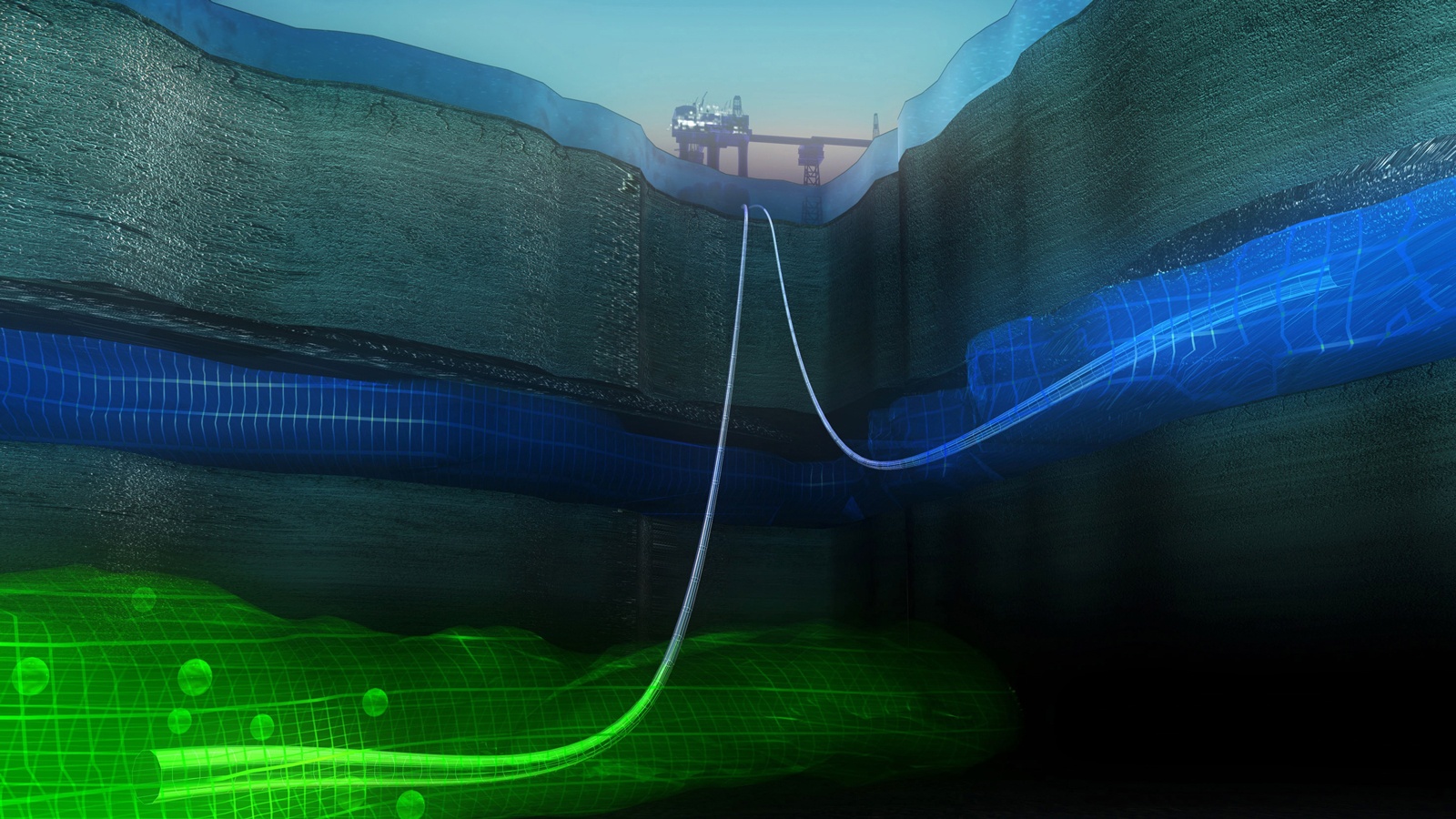
Tanya Weaver Thu 26 Sep 2024
Collected at: https://eandt.theiet.org/2024/09/26/carbon-capture-and-storage-needs-major-boost-reach-2degc-climate-target
Carbon capture and storage (CCS) is not expanding fast enough to meet the 2°C climate target set out in the Paris Climate Agreement, a study has found.
The study, led by researchers at Sweden’s Chalmers University of Technology and Norway’s University of Bergen, says that it’s unlikely that CCS will even expand fast enough to reach the 1.5°C target.
CCS technology captures carbon dioxide and stores it deep underground. It is thought to play an important role in many climate mitigation strategies, including net zero targets.
However, the study – Feasible deployment of carbon capture and storage and the requirements of climate targets – finds that despite all the talk about CCS, the current use of the technology remains negligible.
Jessica Jewell, associate professor at Chalmers University of Technology, said: “Our results show that major efforts are needed to bridge the gap between the demonstration projects in place today and the massive deployment we need to mitigate climate change.”
Conducting a thorough analysis of past and future growth of CCS, the researchers were able to forecast whether the technology can expand fast enough for the Paris Climate Agreement.
The study found that over the 21st century, no more than 600 Gigatons (Gt) of carbon dioxide can be sequestered with CCS.
Tsimafei Kazlou, PhD candidate at University of Bergen and first author of the study, said: “This contrasts with many climate mitigation pathways from the Intergovernmental Panel on Climate Change, which in some cases require upwards of 1000Gt of CO2 captured and stored by the end of the century.
“While this looks at the overall amount, it’s also important to understand when the technology can start operating at a large scale, because the later we start using CCS the lower the chances are of keeping temperature rise at 1.5°C or 2°C.”
For this reason, much of the research focused on how industry, policymakers and governments can go about rapidly expanding CCS projects – while there are many ambitious plans to increase CCS capacity, there are also very high project failure rates.
Kazlou said: “If historic failure rates continue, capacity in 2030 will be at most twice what it is today, which would be insufficient for climate targets.”
Jewell said: “The good news is that if CCS can grow as fast as other low-carbon technologies have, the 2°C target would be within reach – on tiptoes. The bad news, 1.5°C would likely still be out of reach.”

Equinor
In a positive step, Norway’s Northern Lights project has announced that its commercial service offering CO2 transport and storage, which it refers to as “CCS as a service”, is now officially open.
The project aims to transport liquified CO2 captured from industries across Europe and inject it through a long pipeline into geological reservoirs under the seabed.
In an inauguration held today, energy company Equinox has officially opened the facility located in Øygarden, near Bergen, on the shores of the North Sea.
The facility – a joint venture grouping oil giants Equinor of Norway, Anglo-Dutch Shell and TotalEnergies of France – is expected to bury its first CO2 deliveries in 2025.
It will have an initial capacity of 1.5 million tonnes of CO2 per year, before being ramped up to five million tonnes in a second phase if there is enough demand.
Tim Heijn, managing director of Northern Lights, told news agency AFP: ”Our first purpose is to demonstrate that the CCS chain is feasible. It can make a real impact on the CO2 balance and help achieve climate targets.”

Leave a Reply